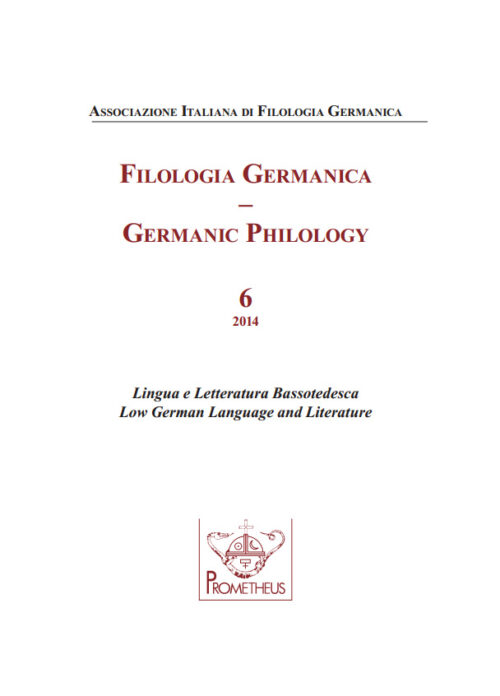Temi scelti di linguistica antico-sassone: la parola ai manoscritti
Abstract
In his “Overview of Old Saxon Linguistics, 1992-2008” published in 2010 in a miscellany titled Perspectives on the Old Saxon Heliand, Marc Pierce states that “Old Saxon has sometimes been the Cinderella of the Early Germanic languages. Admittedly, the study of Old Saxon has not been neglected as that of some of the others […], but a good deal of work remains to be done” (p. 63). This paper aims to partially fill this gap by offering an overview of significant linguistic features selected in the subfields of Old Saxon phonology and syntax in the light of a ‘return-to-the- manuscript’ approach. So far, the analysis of the Old Saxon phonological system has mainly focused on stressed syllables and has generally ignored the development of end syllables. Yet, unstressed vowels show a greater degree of graphemic variation than stressed ones in representing the underlying phonemes. The phonological analysis carried out in this study intends to cast light on the specific Old Saxon traits of this phenomenon. Syntactically speaking, the paper will focus on nominal expressions and, particularly, on determiners, a field which has not received as much attention as other areas of inquiry as for example the syntax of verb phrases. It will be shown that the different realizations of the determiner phrase (DP) projection can help to account for variant readings between the witnesses (not necessarily to be interpreted as ‘errors’) and ultimately to better evaluate them in their diachronic dimension.
Published
Issue
Section
License

This work is licensed under a Creative Commons Attribution-ShareAlike 4.0 International License.
CC-BY-SA



